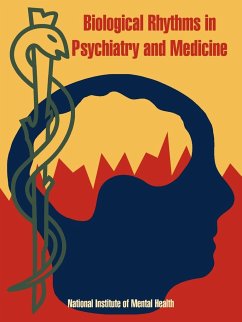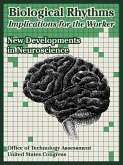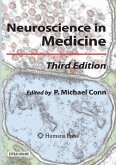From the moment of conception until death rhythm is as much part of our structure as our bones and flesh. Most of us are dimly aware that we fluctuate in energy, mood, well-being, and performance each day, and that there are longer, more subtle behavioral alterations each week, each month, season, and year. Through studies of biological rhythms, many aspects of human variability - in symptoms of illness, in response to medical treatment, in learning, and job performance - are being illuminated. Already some of our changes of mood and of vulnerabilities to stress and illness, our peaks of strength and productivity, can be anticipated. Moreover, by the end of this decade, much that is still considered unpredictable in health and human performance may become foreseeable through research into the nature of biological time cycles. As a result, timing promises to become an important factor in preventive health programs and medicine. For example, since the effects of drugs depend in part upon the time of administration, timing may be used as a critical aspect of treatment. Evidence now suggests, too, that X-ray treatments, surgery, and even psychotherapy are influenced in their outcome by timing. Research on biological rhythms also promises to have an impact on problems of work performance - including accidents and absenteeism; a new concept of scheduling as part of health may one day influence the determination of work-shifts among transportation and communication personnel, and members of various professions. No corner of medicine - from the laboratory testing of new drugs and procedures to clinical and public health programs - is likely to remain untouched by the new explorations into biological rhythms. These studies are being made by scientists working with support from the National Institute of Mental Health, who have now joined forces with members of various disciplines ranging from biology to entomology and mathematics. The results of their work are provided in this comprehensive report. Contained here is compelling evidence that man is constructed not only of matter, but that he is temporally organized - and that this organization carries with it significant implications for man's mental and physical health. The National Institute of Mental Health has been fortunate to support some of the very few researchers who could lead the way in this new field, thus taking an initiative in an area that is still not widely acknowledged. It is hoped that this report - part of a continuing effort to analyze and evaluate the Institute's programs - will draw the attention of both scientists and laymen to an exciting and promising area of scientific activity. Bertram S. Brown, M.D. Director National Institute of Mental Health








